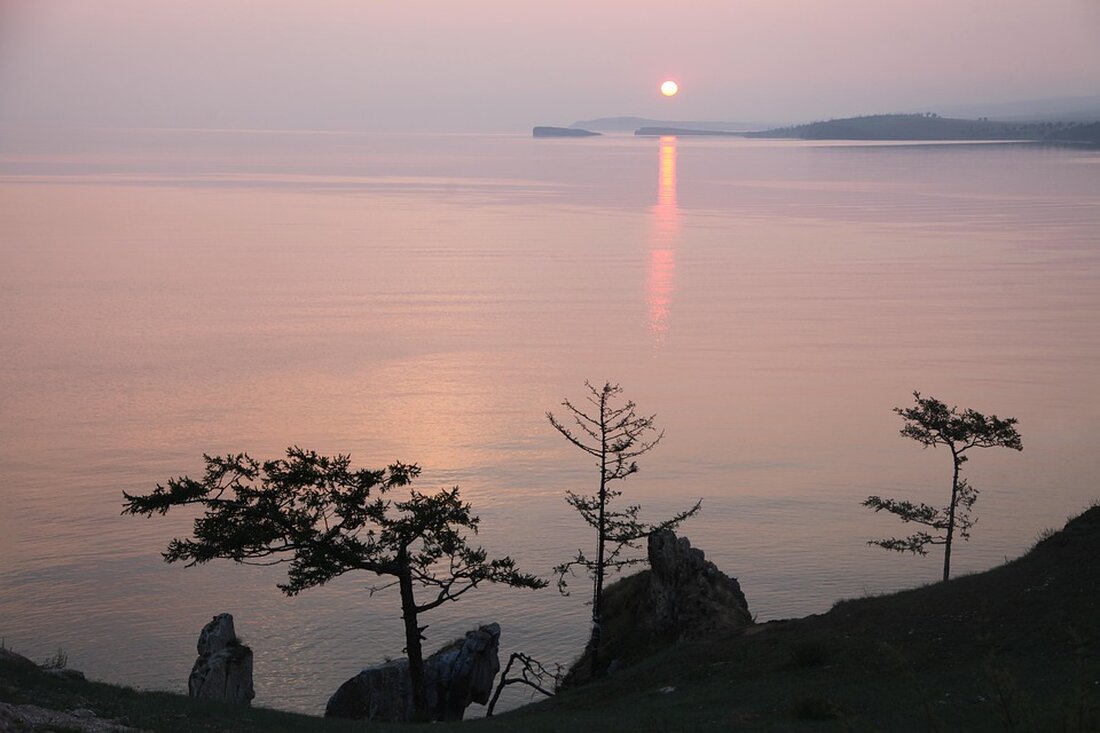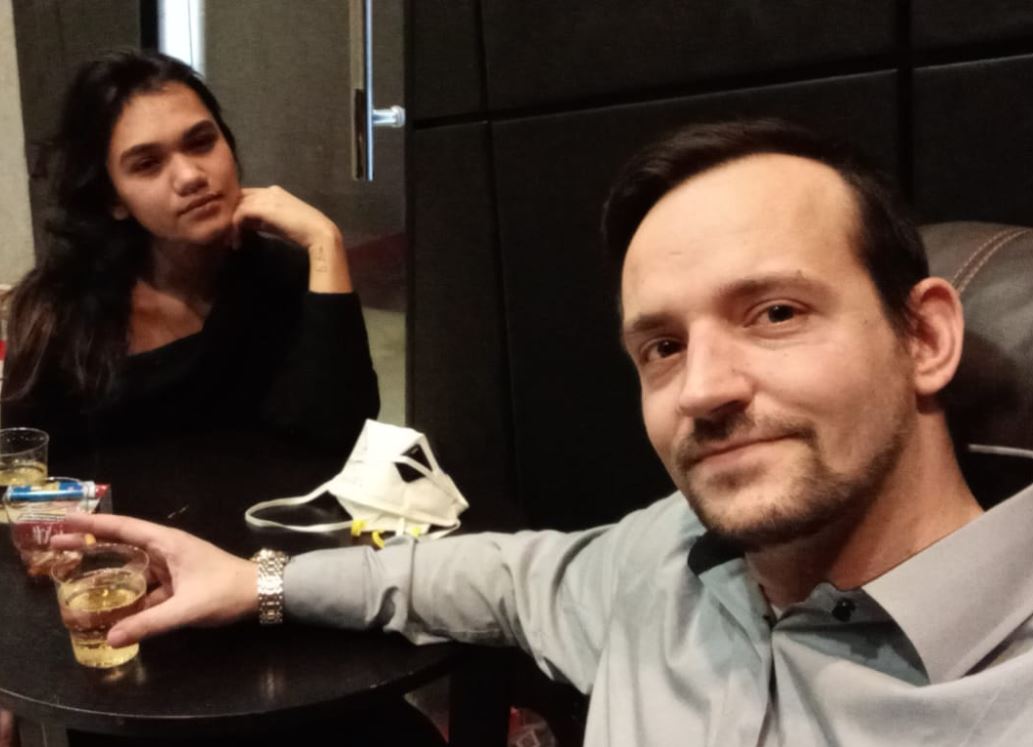Russia's summer offensive in Ukraine disappointed - Kyiv does not celebrate
Russia's summer offensive in Ukraine disappointed, but Kyiv cannot breathe a sigh of relief. Despite slow progress, the situation remains tense - the fights continue while both sides adapt their tactics.

Russia's summer offensive in Ukraine disappointed - Kyiv does not celebrate
In Kiev,was talked about in Kiev about a eagerly awaited Russian offensive that aimed to conquer more of the eastern regions of Ukraine. So far, however, this was rather disappointing - the Russians have made some progress and significantly reinforced their troop strength in certain areas.
Putin's territorial ambitions
Russian President Vladimir Putin continues to pursue territorial profits, while the talks take a back seat on an armistice. Last week he again confirmed one of his central justifications for the unprofitable invasion: "I consider the Russian and Ukrainian peoples as a people. In this sense, the entire Ukraine belongs to us."
Ukrainian counterattacks and military developments
Nevertheless, the Ukrainians started counterattacks in some regions and quickly develop their own armaments industry. The war economy of Russia is also becoming increasingly opposed to challenges. Russian troops are trying to move in several areas of the 1,200 kilometer front line. The Ukrainian commander -in -chief Oleksandr Syrskyi reported this week that 111,000 Russian soldiers are now located in the area of the front line near the competitive city of Pokrovsk in Donetsk, where there are at least 50 fights every day. For comparison: In December last year there were around 70,000 Russian soldiers in the region, according to the Ukrainian general staff.
Current developments on the front
Syrskyi also explained that the Russian infiltration of the northern region of Sumy was stopped. The Institute for the Study of War, a Think tank based in Washington, reports that Ukrainian armed forces have recaptured some areas in Sumy and that the Russian advance has stalled there. "We can say that the wave of attempts at a 'summer offensive' that the enemy has started from Russian territory begins to achieve," says Syrskyi.
The situation is mixed. In the past few days, Russian infantry attacks on the border between the Donetsk and Dnipropetrovsk regions have gained soil. The Russian Ministry of Defense announced on Saturday that another village, about around. The Ukrainian Open Source Analyst Deepstate claimed that the Ukrainian “defendings will continue to collapse quickly and that the enemy makes significant progress with constant attacks.”
long -term perspectives and economic stress
The Kremlin has long emphasized that his campaign continues until it controls all the eastern regions of Donetsk, Zaporizhzhia and Cherson. There would currently be many years to achieve this. Since the Trump administration is apparently less determined to advance talks about an armistice, it is conceivable that the conflict could last until 2026 by the end of the year and beyond.
The three -dimensional battlefield is an unfortunate combination of innovative drone operations and very fundamental infantry attacks. At the end of the spectrum, the daring attacks by Ukraine are on Russian strategy mitty at the beginning of June, in which drones were used that were operated deep in the Russian area - a mission in which a dozen planes that fired rockets against Ukraine were put out of action.
War of drones
The Ukrainian security authority reported on Saturday of another drone attack that is said to have caused considerable damage to a Russian military airport in the Crimea. In contrast, Russian soldiers push on foot and on motorcycles - sometimes in groups of less than a dozen - into abandoned villages in eastern Ukraine, with drones for cover, but without armored vehicles in sight. This approach forces Ukraine to change its tactics: to smaller, reinforced positions. The Ukrainian Minister of Defense Rustem Umerov said last week that the defenses were disguised and reduced to avoid discovery.
armaments production and economic bottlenecks
Both sides continue to build defense industries that enable them to continue the fight - even if the production volume of Russia is far above that of Ukraine. The Russian military group Rostec produces an estimated 80 % of the equipment used against Ukraine. His CEO Sergey Chemezov stated at a meeting with Putin this month that the production of Rostec had increased ten times since 2021 and that the income last year has climbed to breathtaking $ 46 billion.
But dark clouds are raised on the horizon. The military budget in Russia accounts for around 40 % of its total public expenditure - more than 6 % of GDP. Inflation fueled this, and Putin admitted last week that growth would be "much more modest" this year in order to combat rising prices. He even suggested that arms expenditure could decrease next year.
A high -ranking Russian official, Maksim Reshetnikov, who is Minister for Economic Development, said: "Based on the current business expectation, it seems to me that we are at the abyss of a transition to the recession." The head of the Russian central bank, Elvira Nabiullina, contradicted Reshetnikov, warned that financial buffers like the national reserve funds are almost exhausted. "We have to understand that many of these resources are used up," she said at the International Forum in St. Petersburg.
Putin itself recognized the risk and found that while some experts predict stagnation, "this should not be permitted under any circumstances." Despite the more pessimistic long -term outlook for Russia in economic and demographic terms, the country can continue to maintain an army of more than half a million men in Ukraine or near the border and win a few kilometers here. Despite hundreds of thousands of losses, the Russian military can continue to mobilize troops that are far more numerical than that of Ukraine. While he is still focusing on the goal, Putin said last week: "We have a saying ... where the foot of a Russian soldier is, that belongs to us."

 Suche
Suche
